Keratosis Pilaris: What It Is and How to Treat It
Keratosis pilaris is a skin condition characterized by rough patches and small bumps that resemble “chicken skin” around hair follicles.
This condition commonly appears on the upper arms, thighs, or buttocks, or in other areas with hair follicles. It is caused by an excess buildup of keratin in the skin.
Keratin is a protein that helps form hair, nails, and the outer layer of the skin (epidermis). The bumps may appear red, brown, white, or similar to the natural skin tone.
Genetic and Environmental Triggers
Keratosis pilaris is not related to poor hygiene. It often occurs due to genetic factors that cause the body to produce excess keratin.
The exact cause of keratin buildup is unknown, but this condition often appears alongside other skin issues, such as dermatitis.
In most cases, keratosis pilaris is hereditary and runs in families.
Several factors can worsen keratosis pilaris symptoms, including:
- Dry air: Low humidity can aggravate dry skin, making keratosis pilaris more visible.
- Harsh soaps: Certain soaps strip away the skin’s natural oils, causing further dryness and irritation.
- Tight clothing: Friction from tight fabrics can irritate the skin and worsen the condition.
- Scratching: Picking or scratching the bumps can cause inflammation and potentially leave scars.
Symptoms of Keratosis Pilaris
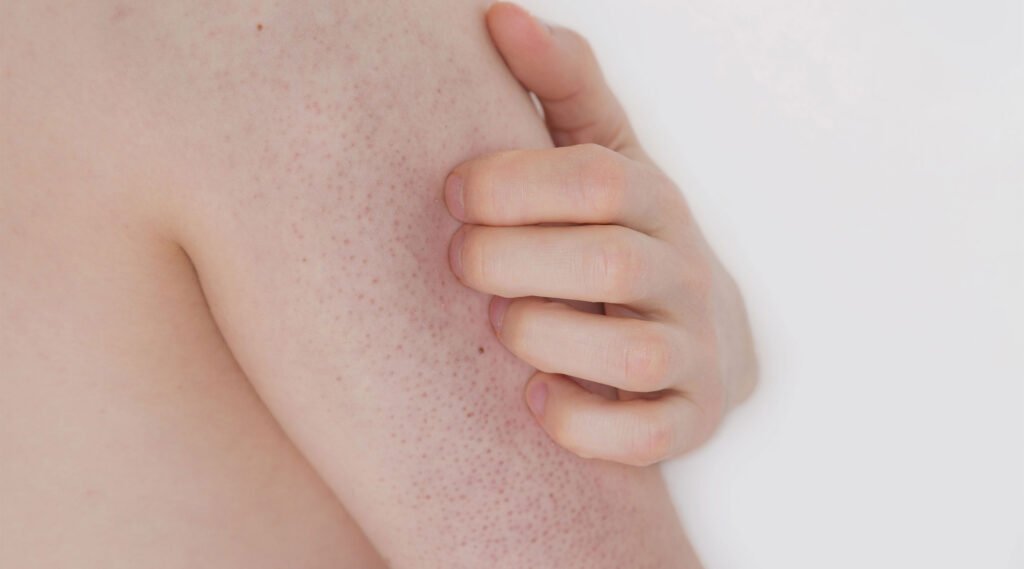
The main sign of keratosis pilaris is small, rough, discolored patches that resemble the texture of strawberry skin.
You may notice these bumps without any other symptoms, but when symptoms occur, they typically include:
- Itchy or dry skin, especially on the upper arms, thighs, or buttocks.
- Irritated bumps that become discolored and more visible — known as frictional lichenoid dermatitis.
- Rough, sandpaper-like skin texture where the bumps appear.
- Worsening of bumps during dry weather.
Other skin conditions, such as eczema, psoriasis, allergies, and fungal infections, may cause similar symptoms.
How to Smooth Skin with Keratosis Pilaris
The key to managing keratosis pilaris is exfoliation, both physical and chemical. The goal is to remove keratin buildup that clogs the hair follicles.
Exfoliate 1–2 times per week, and avoid over-exfoliating, as it can lead to irritation, redness, burning, or excessive dryness.
Regular exfoliation helps to:
- Unclog pores: Removes dead skin cells and clears hair follicles, reducing bump formation.
- Smooth skin texture: Softens the skin’s surface and reduces roughness.
- Enhance product absorption: Helps moisturizers and topical treatments penetrate more effectively.
- Preventing ingrown hairs: Keeps follicles clean and reduces the risk of trapped hairs in affected areas.
Choosing the Right Exfoliating Products for Keratosis Pilaris
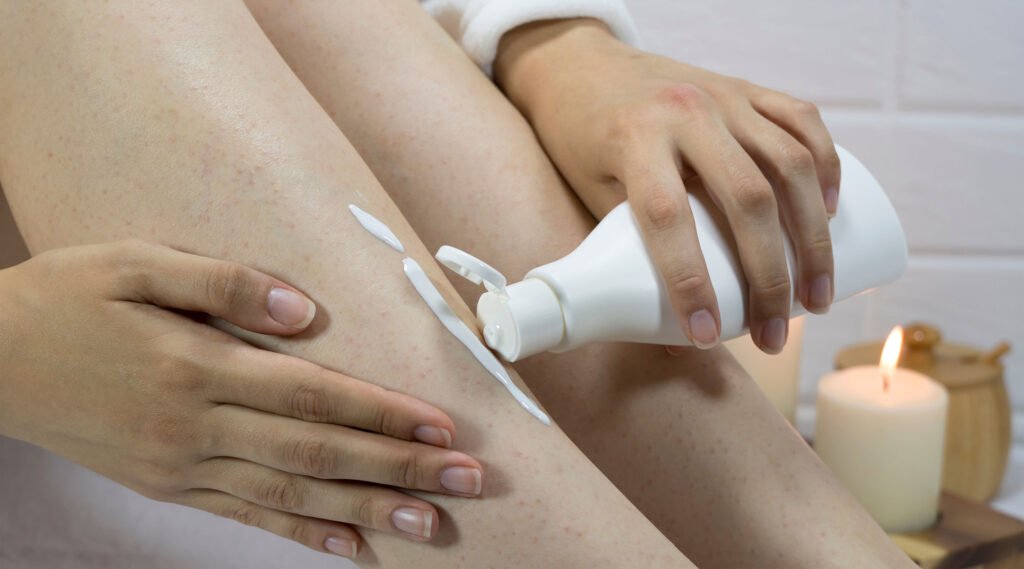
Selecting the right exfoliant is crucial to achieving the best results while minimizing irritation. Consider the following factors:
1. Skin type
If you have sensitive skin, choose a gentle physical exfoliant or a low concentration of AHA or BHA. For oily or acne-prone skin, BHA may work better.
2. Severity level
For mild keratosis pilaris, use a gentle scrub or low-strength AHA. For more severe cases, stronger chemical exfoliants or a combination of methods may be required.
3. Exfoliating ingredients
Look for products containing moisturizing agents like hyaluronic acid, ceramides, or shea butter to prevent dryness and irritation.
Avoid products with harsh fragrances or dyes.
4. Formulation
Exfoliating products come in various forms — cleansers, lotions, creams, and serums. Choose one that best suits your skin type and preference.
Additional Care for Keratosis Pilaris
Besides exfoliation, dermatologists may recommend moisturizing treatments to soothe dry, itchy skin and improve its appearance.
Many over-the-counter and prescription creams can help remove dead skin cells or prevent hair follicle blockage.
Two common ingredients in moisturizing treatments are urea and lactic acid. These help loosen and remove dead skin cells while softening dry skin.
Managing keratosis pilaris requires consistency and long-term care. Although it cannot be completely cured, proper treatment and regular maintenance can significantly improve the skin’s texture.
Keep your skin smooth and healthy with wund+™ Regeneration Cream, which contains natural active ingredients that help repair dry, rough skin.
Use it regularly after bathing to maintain moisture and relieve itching caused by keratosis pilaris.
References
Cleveland Clinic. Accessed in 2025. Keratosis Pilaris.
Health Direct. Accessed in 2025. Keratosis Pilaris.
The Curious Dermatologist. Accessed in 2025. Unlocking Smooth Skin: The Ultimate Guide to KP Exfoliation







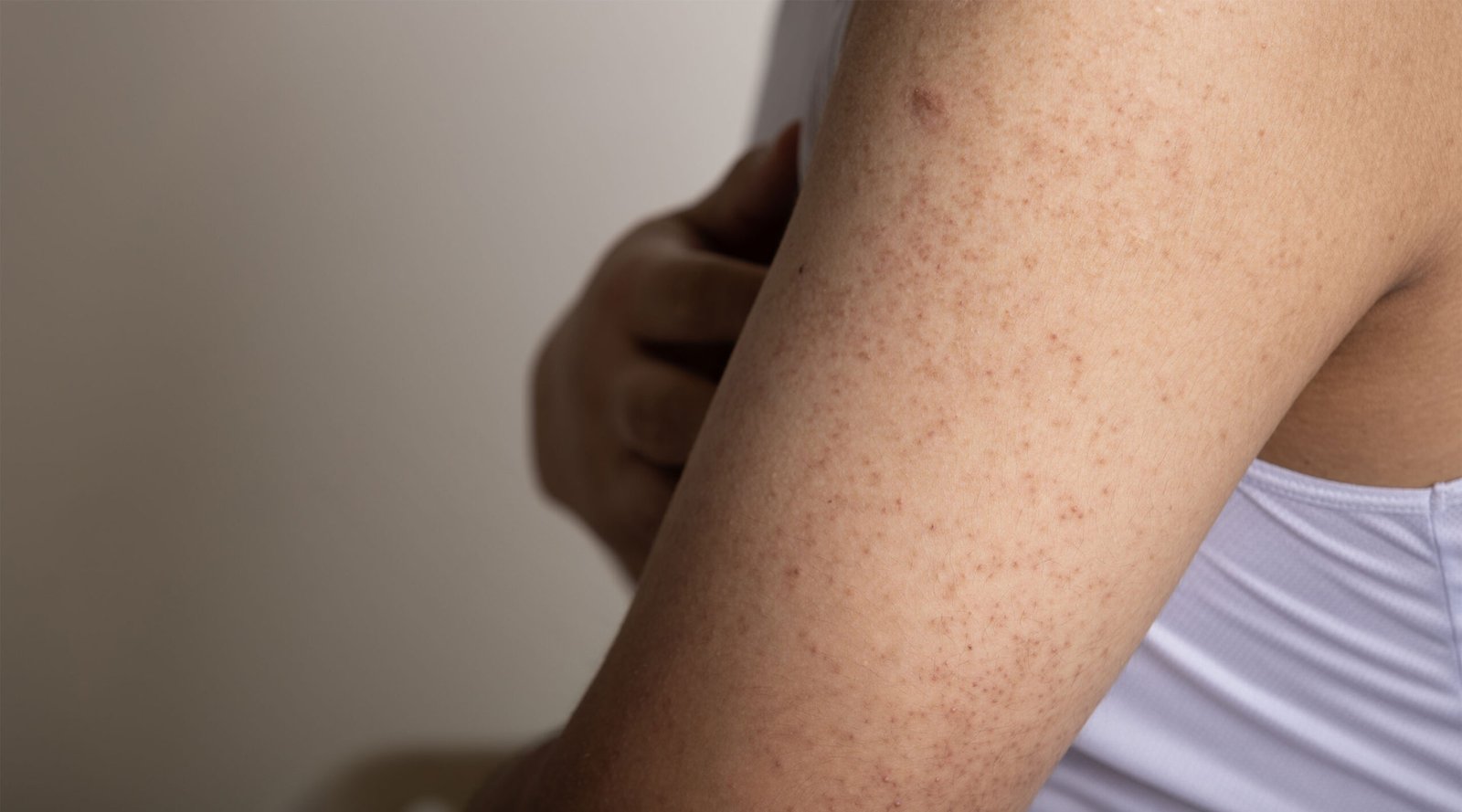

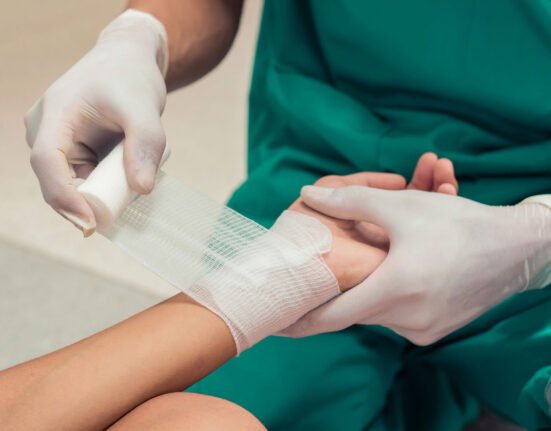

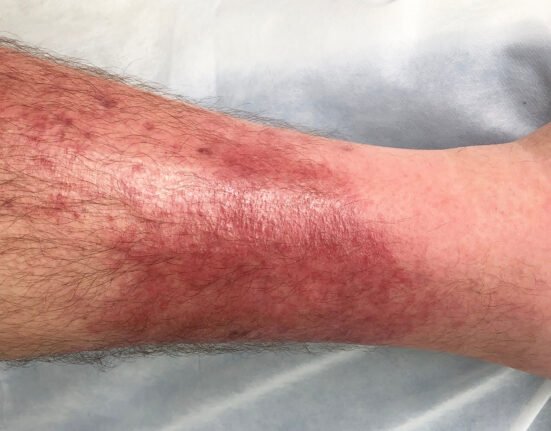
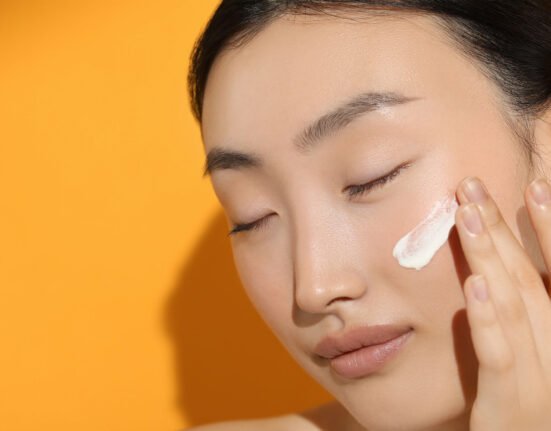
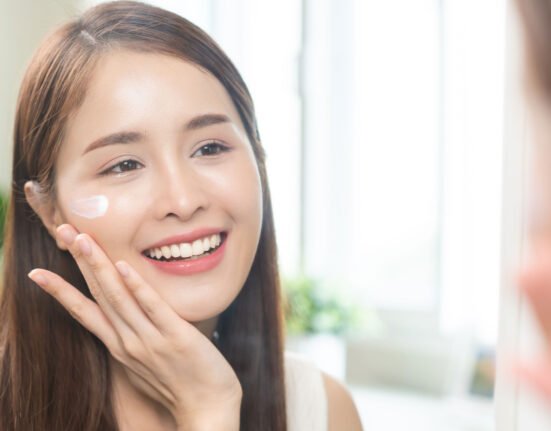
Leave feedback about this